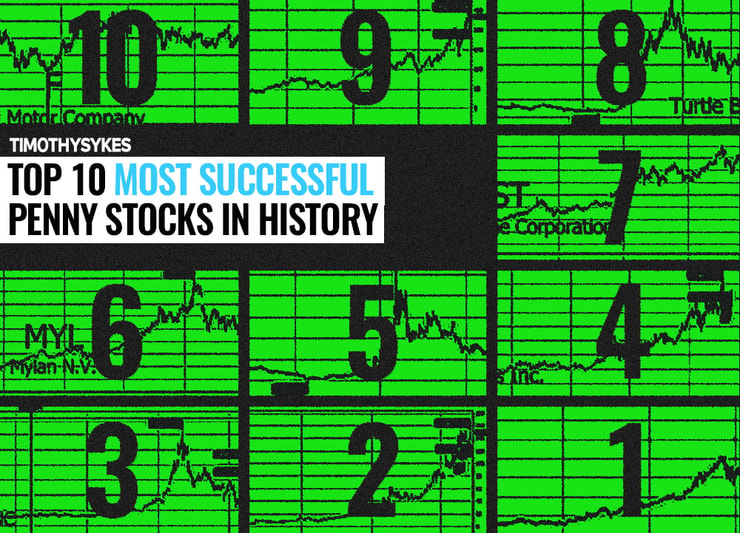Happy Friday!
There are a lot of reasons to love Fridays.
But my reason is different than most …
While everyone else speeds through Friday to get to the weekend, I patiently wait for the market’s biggest opportunity of the week.
Let me explain: As traders rush to leave the office early on Friday, there’s a group who miss the biggest stock spikes that afternoon.
Over the weekend, they find Friday’s strongest runners and they pile in.
Then, their buy orders fill on Monday morning, and the stock spikes higher.
My strategy is to lay in wait every Friday afternoon for the perfect Monday gap ups.
For example, last Friday, August 15, a tiny crypto stock started to spike again …
It already ran 210%* on August 4 after the company announced a $558 million private placement to start a Toncoin crypto treasury reserve. Crypto is still a hot sector right now.
When the price started to run again last Friday, I knew there could be more gas left in the tank …
I bought shares of Verb Technology Company Inc. (NASDAQ: VERB) that afternoon, and sold my position for a profit on Monday morning.
Look at the VERB chart below, every candle represents three trading minutes:

One good trade a week can make all the difference for your account.
And my weekend pattern is a perfect strategy for side-hustle traders.
- One trade a week.
- Every Friday.
- With the same pattern.
Don’t close your laptop early today, instead look for this setup:
Last Weekend’s Runner
There are thousands of stocks that move every day.
We need to whittle down that list to a small handful to choose from, otherwise we’re left shooting in the dark.
Every Friday I look for stocks that fit a few factors.
They’re listed below:
More Breaking News
- TeraWulf’s Stock Surge: What’s Driving the Boom?
- Cleveland-Cliffs: Unexpected Developments Stir the Market
- Iron Mountain Insider Share Sale Raises Investor Concerns
- Veeva Systems Faces Volatility Amidst Competitive Pressures
- A price between $0.01 and $5.
- A spike of at least 20% on the day.
- A catalyst to push prices higher.
- A volume of at least 1 million shares.
- And a float below 10 million shares.
Now … Understand that these factors are flexible.
Sometimes I’ll trade a stock that’s priced higher than $5 per share. Sometimes I’ll trade a stock with a larger float.
I can bend the rules a little more because I’m a veteran trader with more than 2 decades of experience.
For new traders: Stick to stocks that fit these factors more closely.
Last weekend’s setup on Verb Technology Company Inc. (NASDAQ: VERB) fit most of the factors, although the intraday volume was below 1 million shares.
I attributed the low volume to the lack of recent news (within 24 hours).
But the crypto sector is still hot. And the Toncoin news continued to circulate. That supported my trade thesis.
Plus, the multi-day chart showed that it followed my number five bounce pattern. That was another big supporting factor.
I bought shares on Friday afternoon when the intraday price action started to follow my weekend pattern.
And I sold them on Monday morning for a low-stress profit.
My trade notes are below:

Here are the links that I embedded:
It was just a 5% profit …
But these small gains add up.
And with my weekend pattern, I know exactly when to buy and when to sell. All I have to do is follow the rules.
Catch this Friday’s setup before the market closes!
Cheers
*Past performance does not indicate future results









Leave a reply